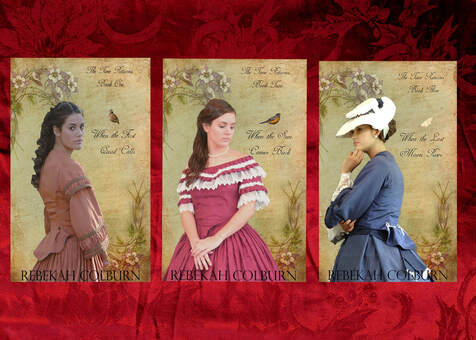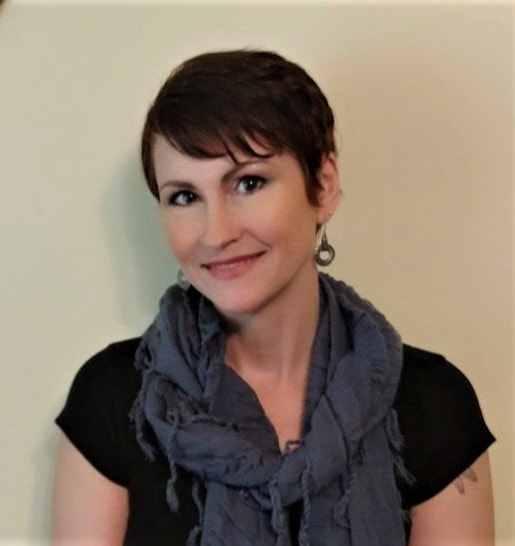As a writer of historical fiction, I have the unique pleasure of interweaving imaginary characters with real life people and events. My purpose is not only to entertain my readers, but to bring history to life in a way that educates and inspires. Through our study of times gone by, we have the opportunity to gain greater insight into how the present has been shaped by the past.
In this series each book has two alternating storylines, one moving forward through the 1960s and 70s, the other moving backwards into the past.
The modern story follows Natalie Winslow and Tony Buckle, a Caucasian woman and a Black man on the Eastern Shore of Maryland. It chronicles their controversial romance and marriage, and explores the challenges they face raising mixed children in a place slow to adapt its ideology to the changing times.
The historical narrative transports the reader back in time through the brides of the Winslow estate, Dogwood Hall. In the first book, Charity’s diary gives insight into the complications which result when people are divided by skin color and assigned different values instead of being seen as members of the same human race. Her mother-in-law Eliza’s experiences are revealed in book two, as she lives with the consequences of a culture which gives full power to white men and suppresses women and minorities. In this third book, Adelaide’s story develops the foundation of Dogwood Hall in 1798 and the moral dilemma of those who were opposed to slavery and yet benefited from it.
Each novel also highlights an historical figure through Natalie’s interest in researching local history. The first book highlights Frederick Douglass, the second gives tribute to Harriet Tubman, and the third focuses on the notorious exploits of Patty Cannon and her gang. Regrettably, the accounts of the kidnapping and sale of fugitive slaves or freed blacks are based on historical records.
As the two storylines are laid out next to one another—separated by more than one hundred years—it becomes apparent that great progress has been achieved in promoting racial equality. However, even as we celebrate how far we’ve come, I hope we will be inspired to continue working together to peacefully advocate for the unity of all mankind.
Writing WHEN THE LAST MOON RISES in 2021, I am grieved that incidences of racial prejudice and misunderstanding continue to exist. When I began this series two years ago, I could not have anticipated how relevant it would become. My original motive was curiosity to better understand the past, but it has grown into something greater—a call to action to strive for equality, harmony, and genuine Christ-like love.
“So God created mankind in his own image, in the image of God he created them; male and female he created them.” Genesis 1:27 NIV


 RSS Feed
RSS Feed